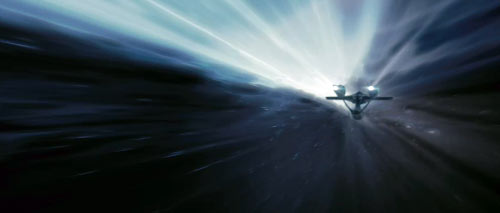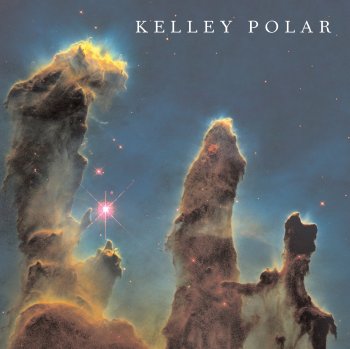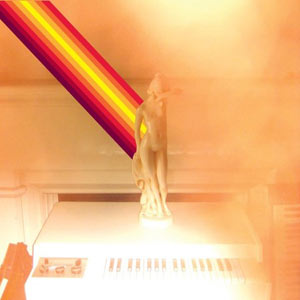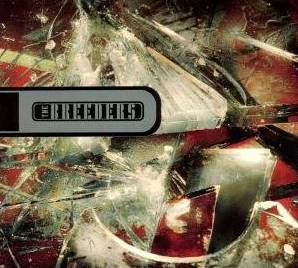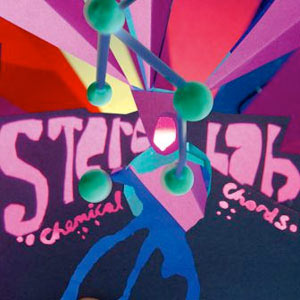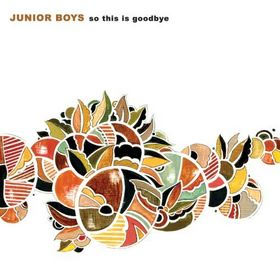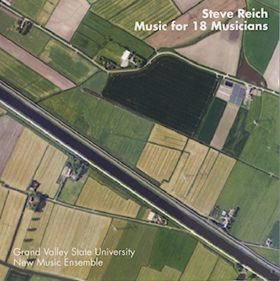Part of the Star Trek Time Travel Series
- Star Trek 2009 and temporal paradoxes: The Permanency of the New Timeline
- Star Trek 2009 and temporal paradoxes: The First Contact Paradox
- Star Trek 2009 and temporal paradoxes: The Beastie Boys Paradox
The newest Star Trek movie is premised on the idea that a new, alternate timeline is created when Nero’s ship appears and destroys the USS Kelvin at the beginning of the film, killing Jim Kirk’s father and depriving the captain-to-be of the stable childhood he had in the original timeline. Everything before that point remains the same as the established canon; everything after then will develop differently. It’s a solid enough foundation with which to play with the original series’ characters without interfering with all the established stories of the past 40 years. But some extended thinking brings up several questions about and potential paradoxes within the events of this new alternate universe.
Please join me as I devote far too much mental energy to some of these issues.
The First Contact Paradox
If we take the view that each container universe can have only a single timeline at once, which I argued that we must, then we must accept that the Star Trek universe–all the characters, stories and situations we all know, from “The Cage” to “Nemesis”–is gone, overwritten by the new timeline until a reset event occurs. The future has changed and nothing that we knew before is certain, including the very formation of the Federation. The entire chain of events that led to First Contact are now in doubt.
Divergences in the timeline are only likely to increase as time progresses in the alt-verse, especially considering the ripple effects caused by the destruction of Vulcan. Thus as history unfolds, it is increasingly unlikely that the Enterprise-D will be built and crewed by Picard and company. Which means:
- no Encounter at Farpoint
- no Q
- no premature introduction of the Borg to the Federation
- no attempts to assimilate Earth
- no attempt by the Borg to time travel to destroy Zephram Cochrane’s warp ship
- and no need for the non-existent Enterprise-E crew to protect and assist in the first warp flight.
Which of course creates a paradox. Because history does record a Borg attack on Cochrane and the Enterprise’s presence there at the time. But how can that be possible when the conditions that caused it do not occur?
And if the known events of First Contact did not occur, does the Federation necessarily come into being?
Sure, without Borg interference, Cochrane might have launched his flight himself and attracted the attention of the passing Vulcan scout ship. But it was his interactions with the Enterprise’s crew and the knowledge of humanity’s future greatness among the stars that steered him toward an enlightened path. Before meeting the crew, however, he was an alcoholic cynic looking to score an easy life of money from warp technology. If the Enterprise had not been there, then the motivation and will to create an interstellar fraternity with the Vulcans may never have materialized.
